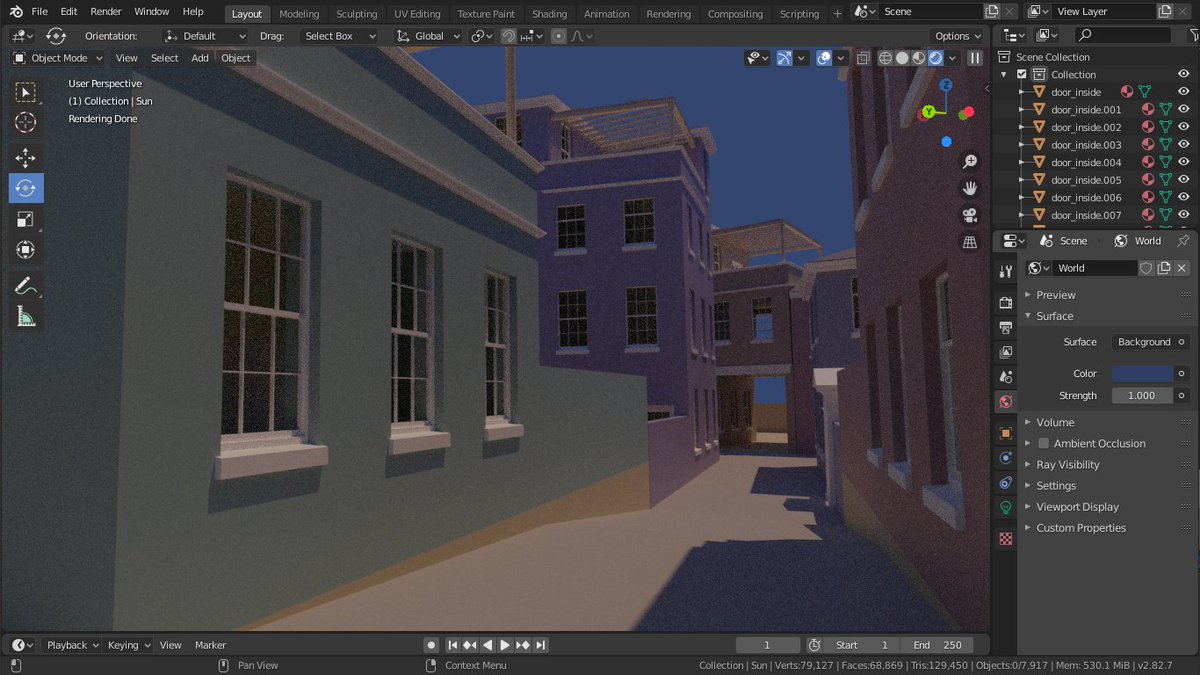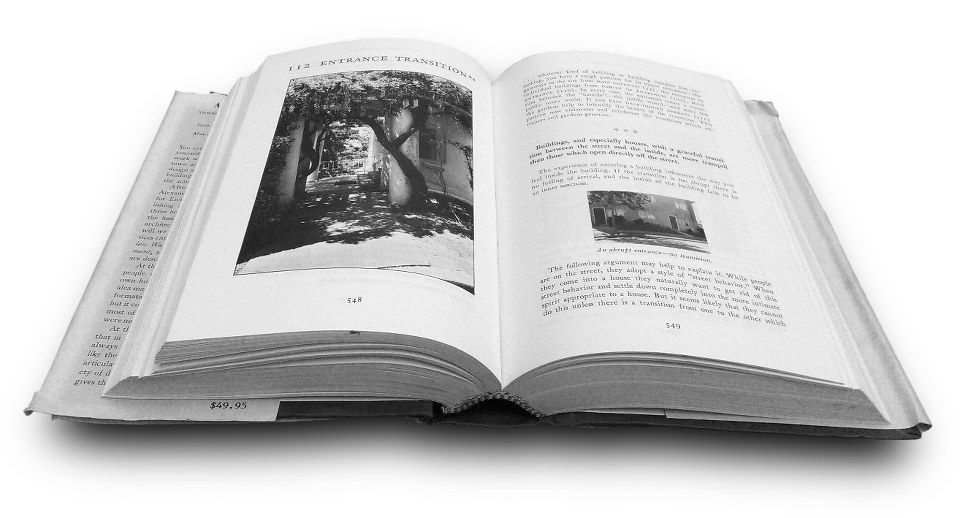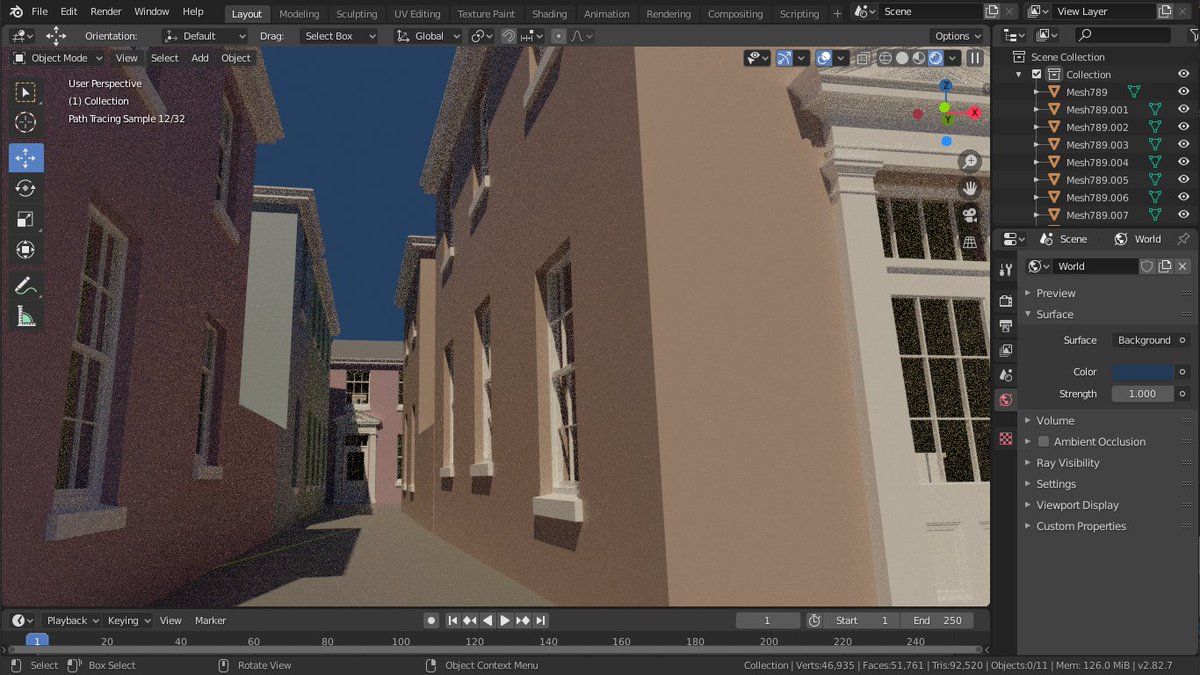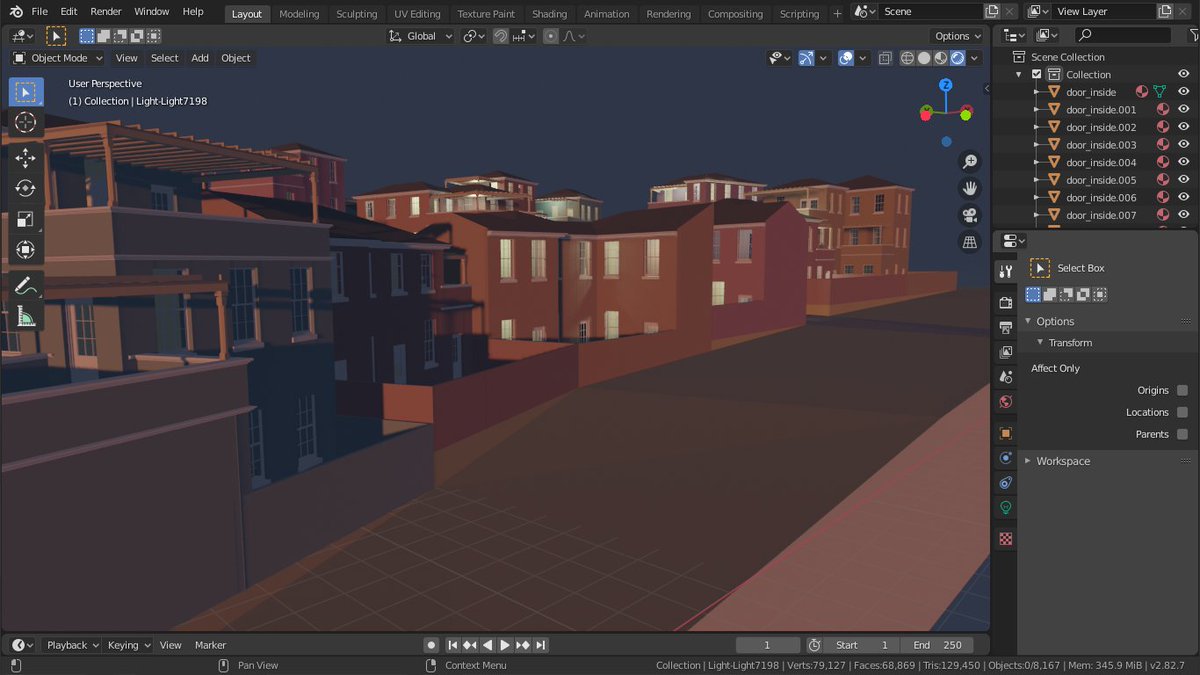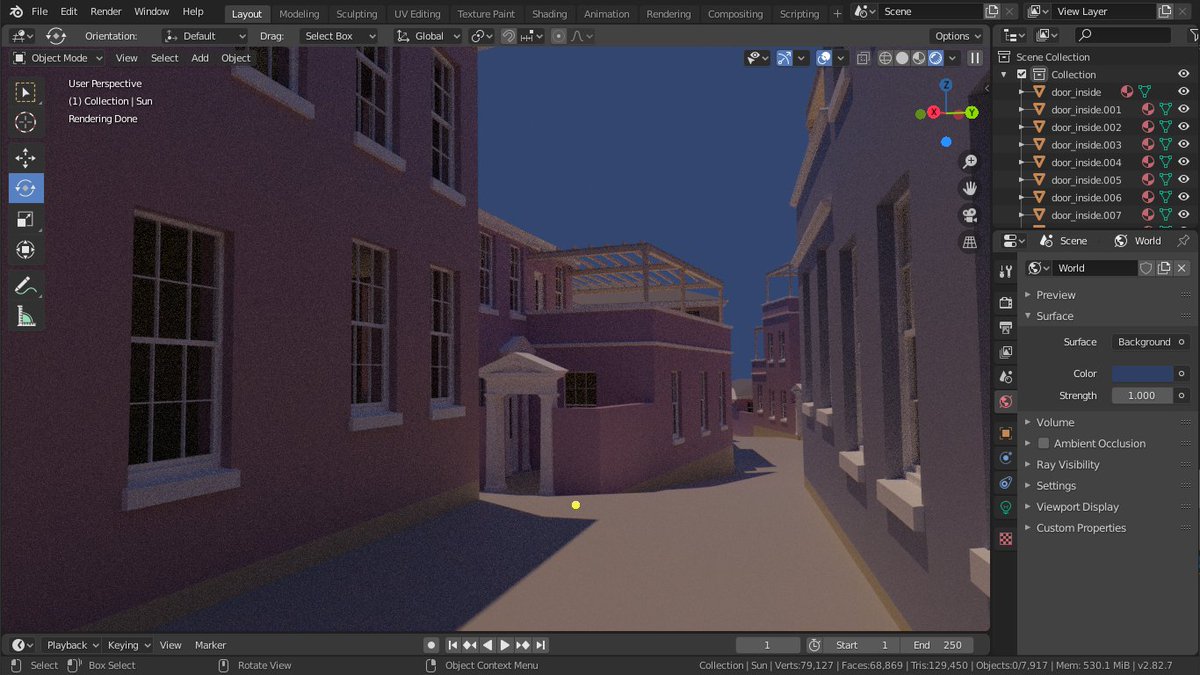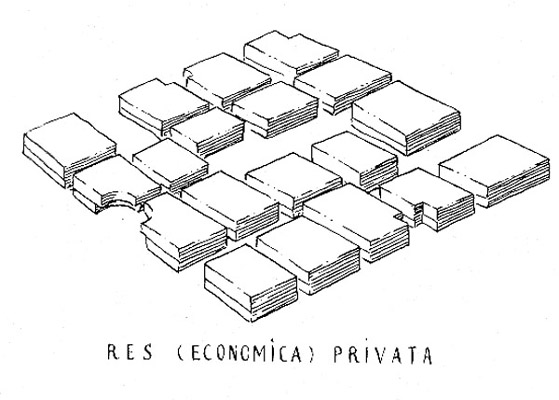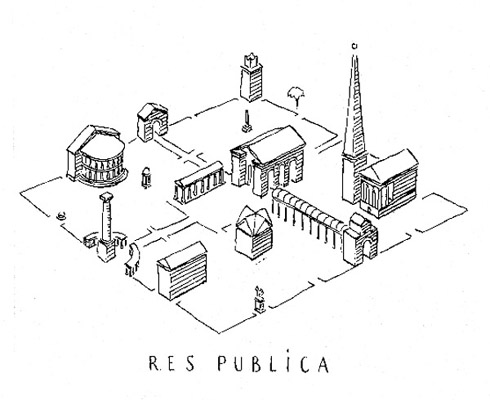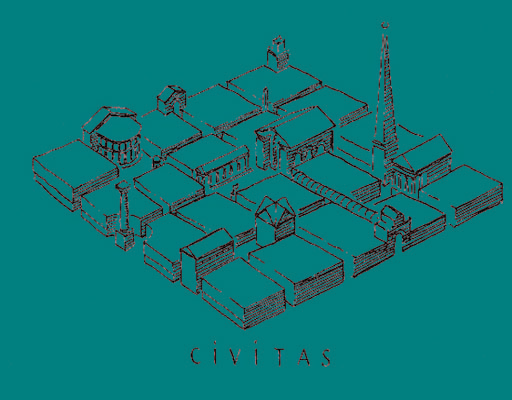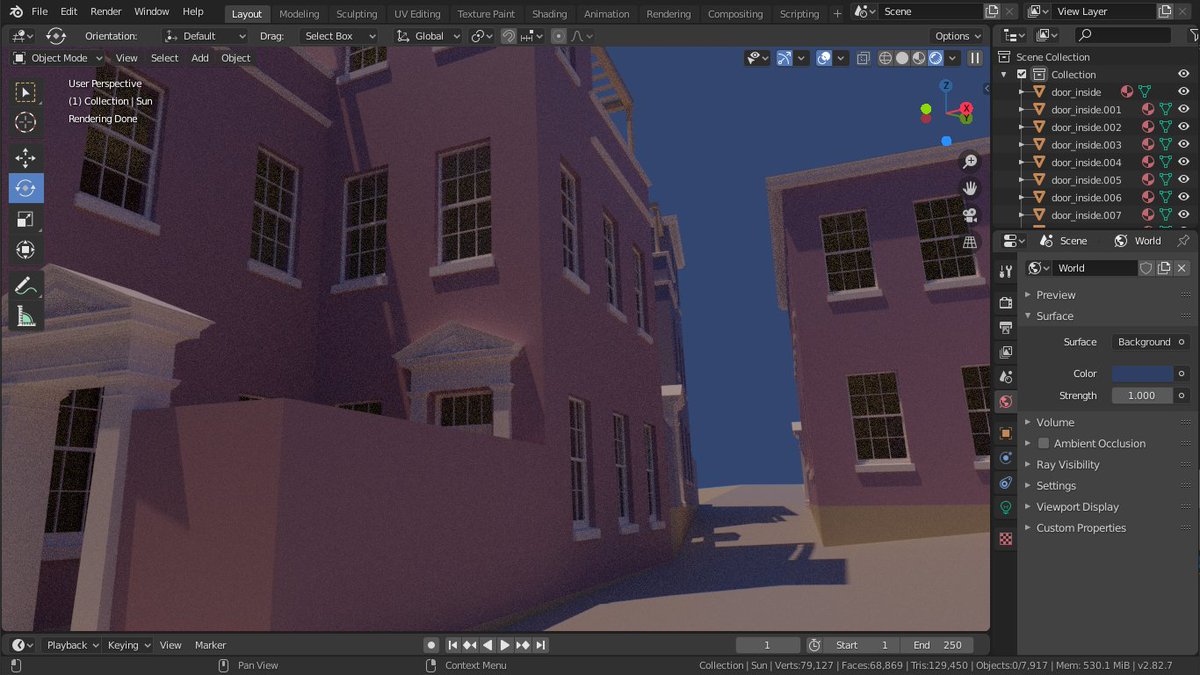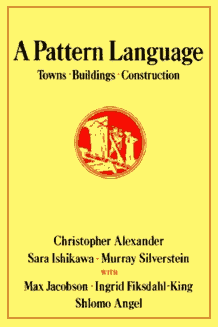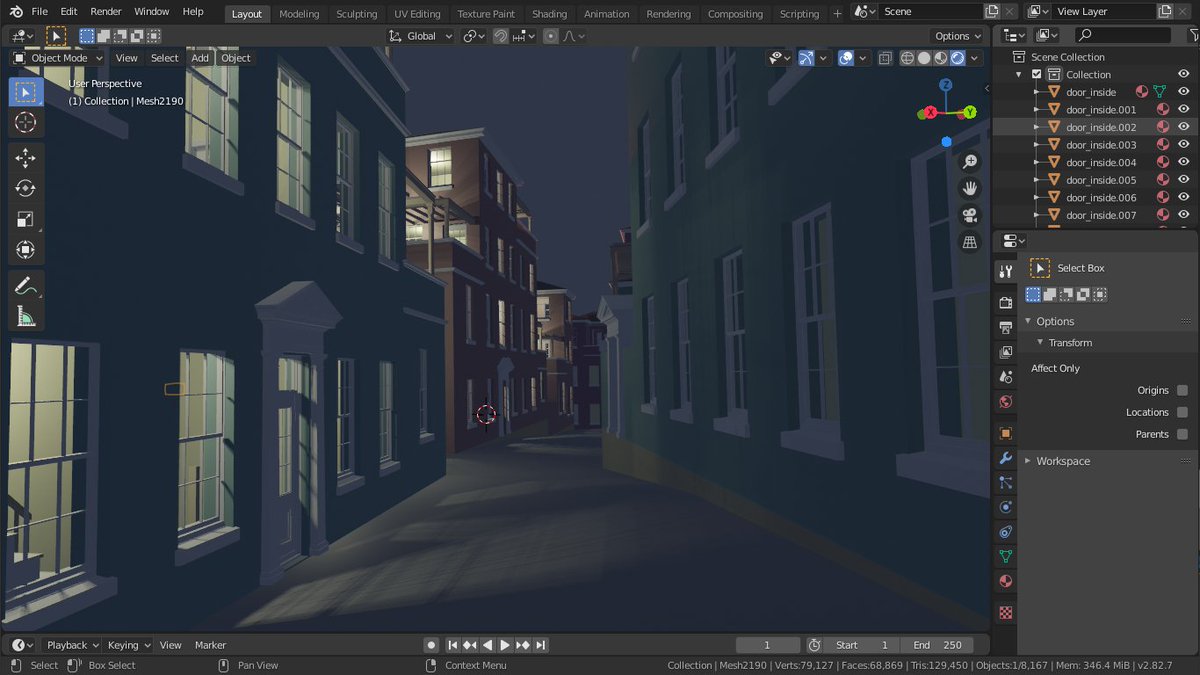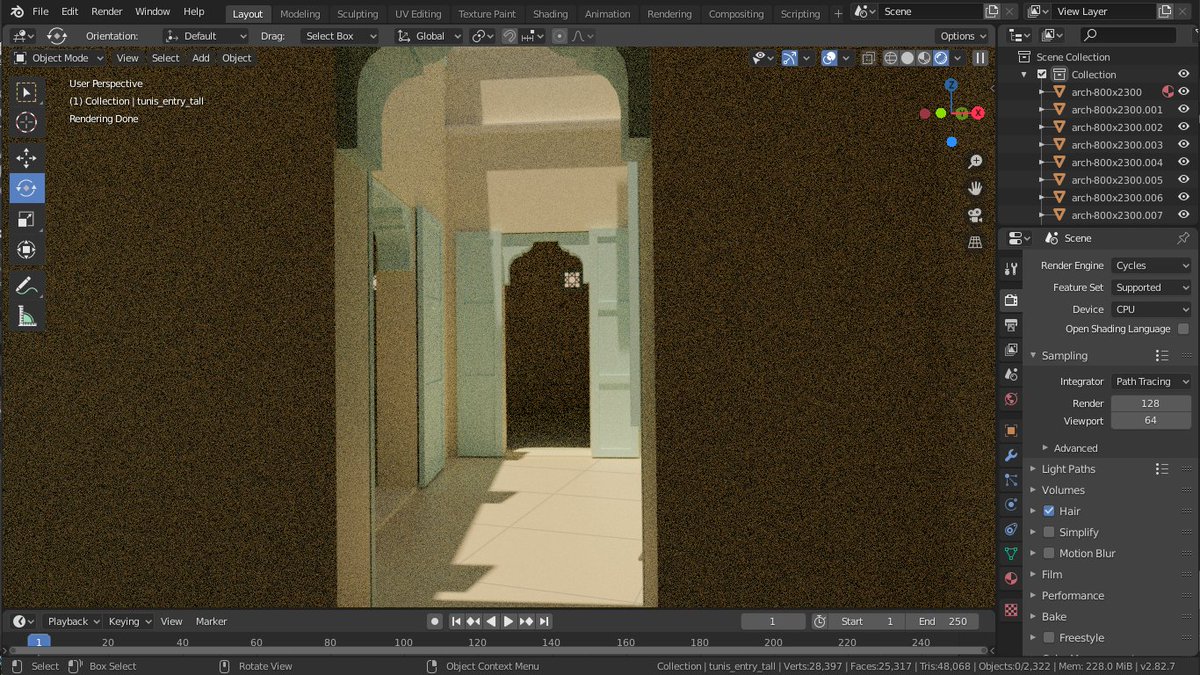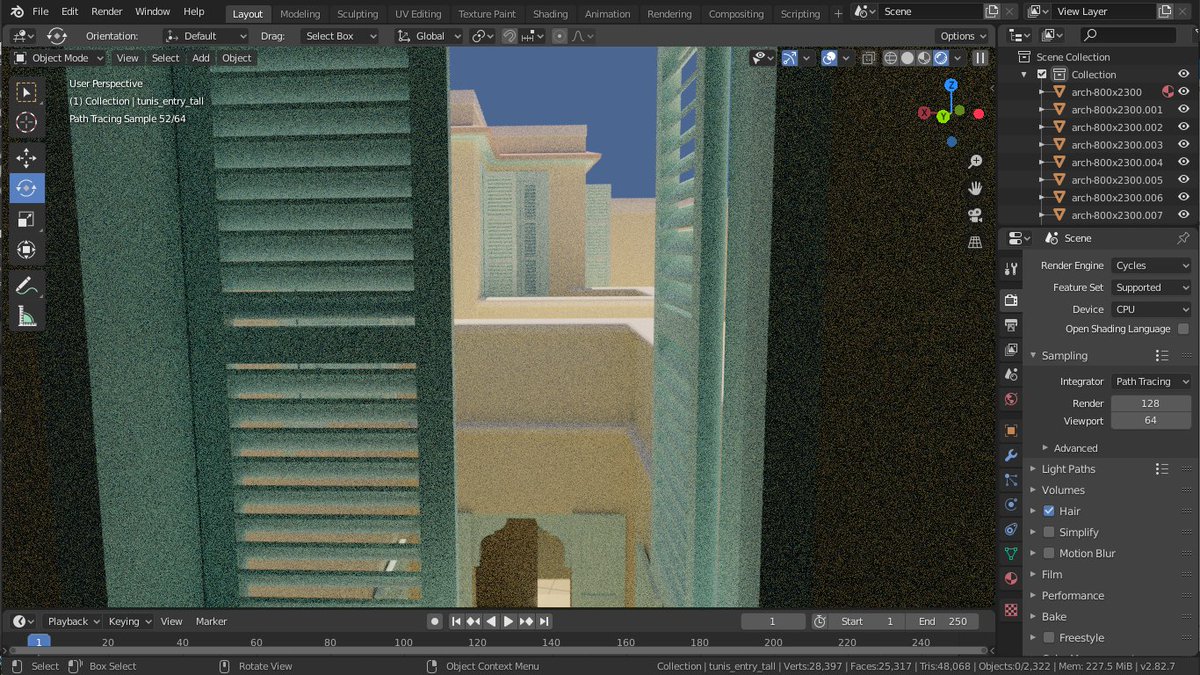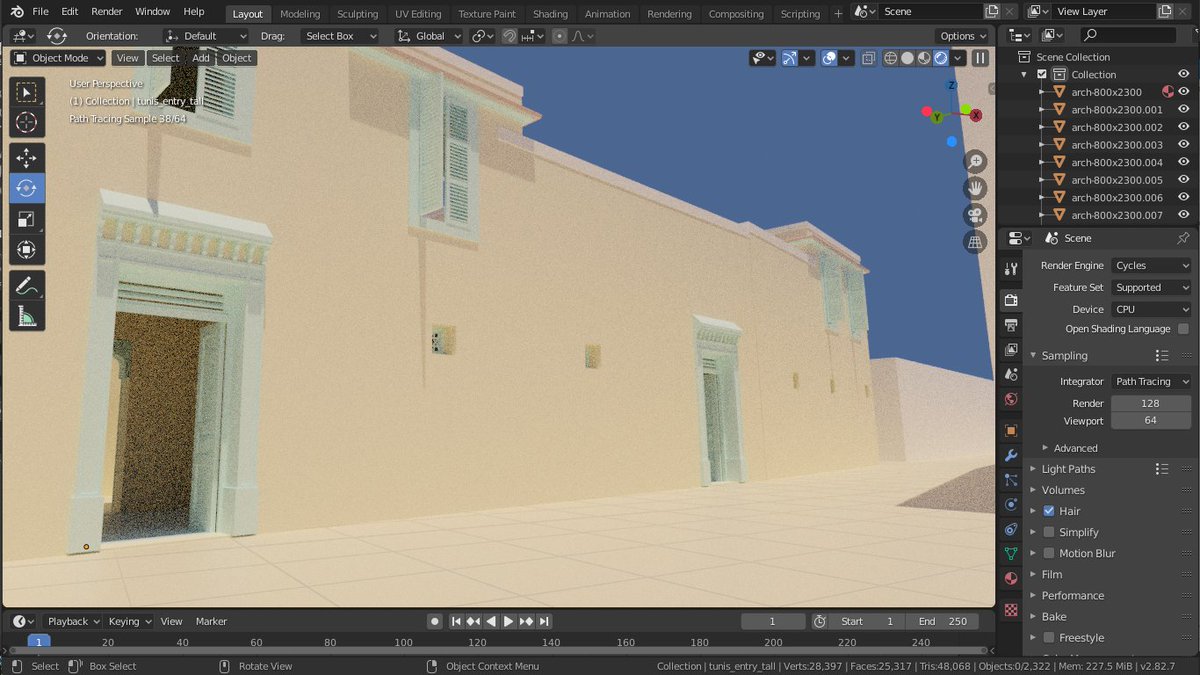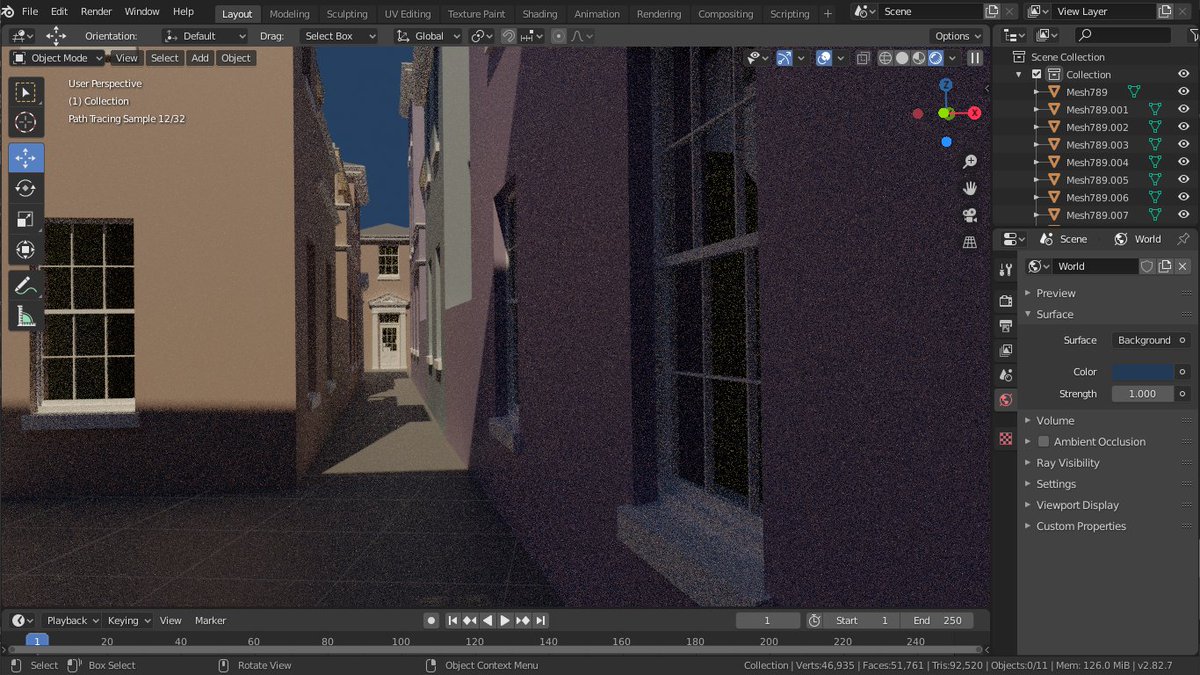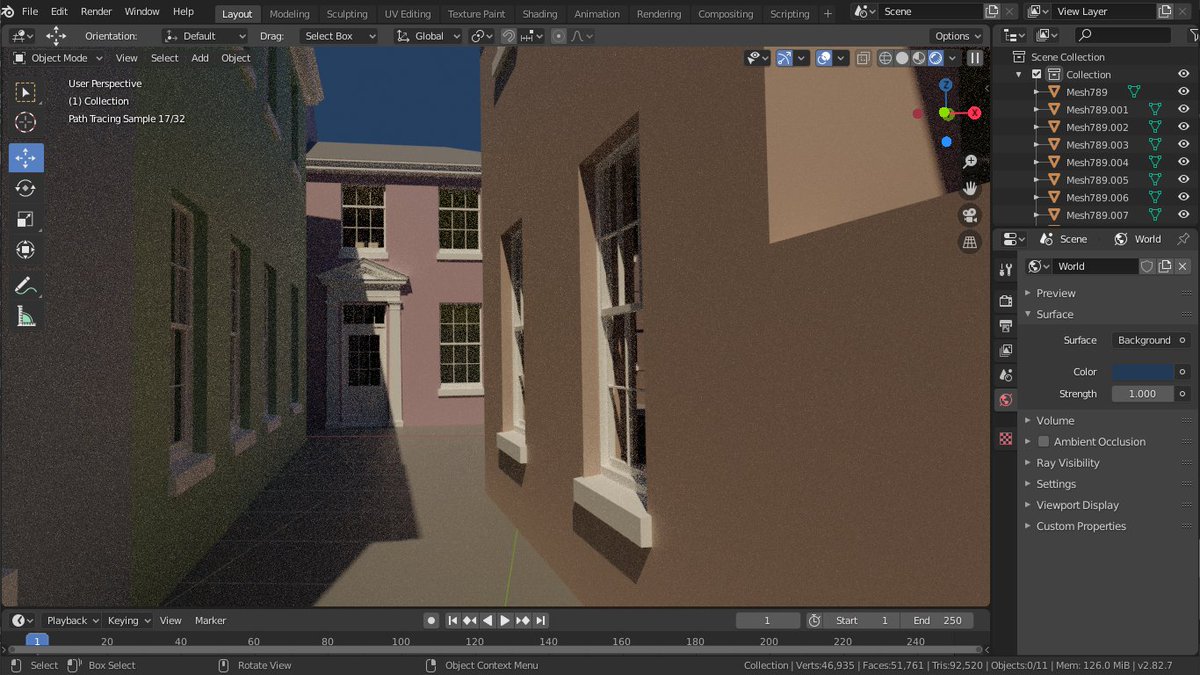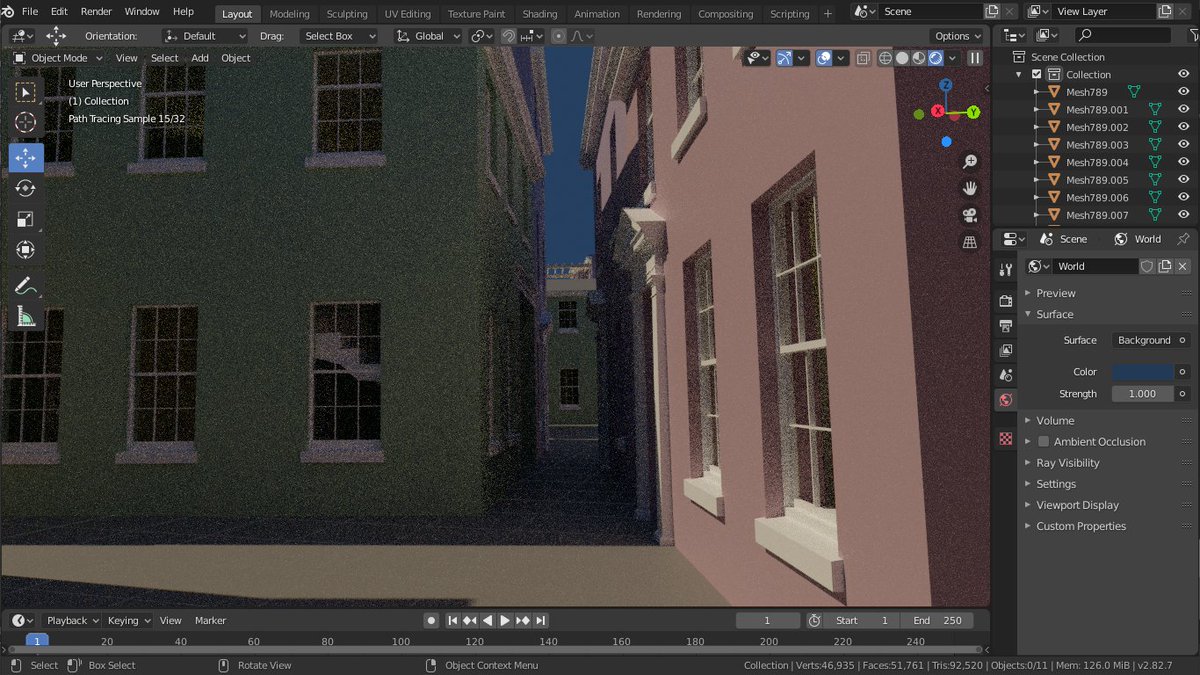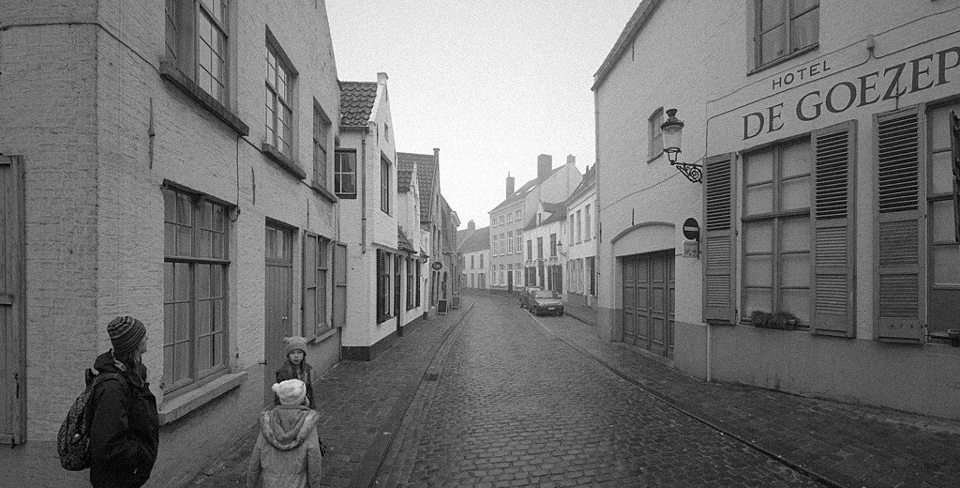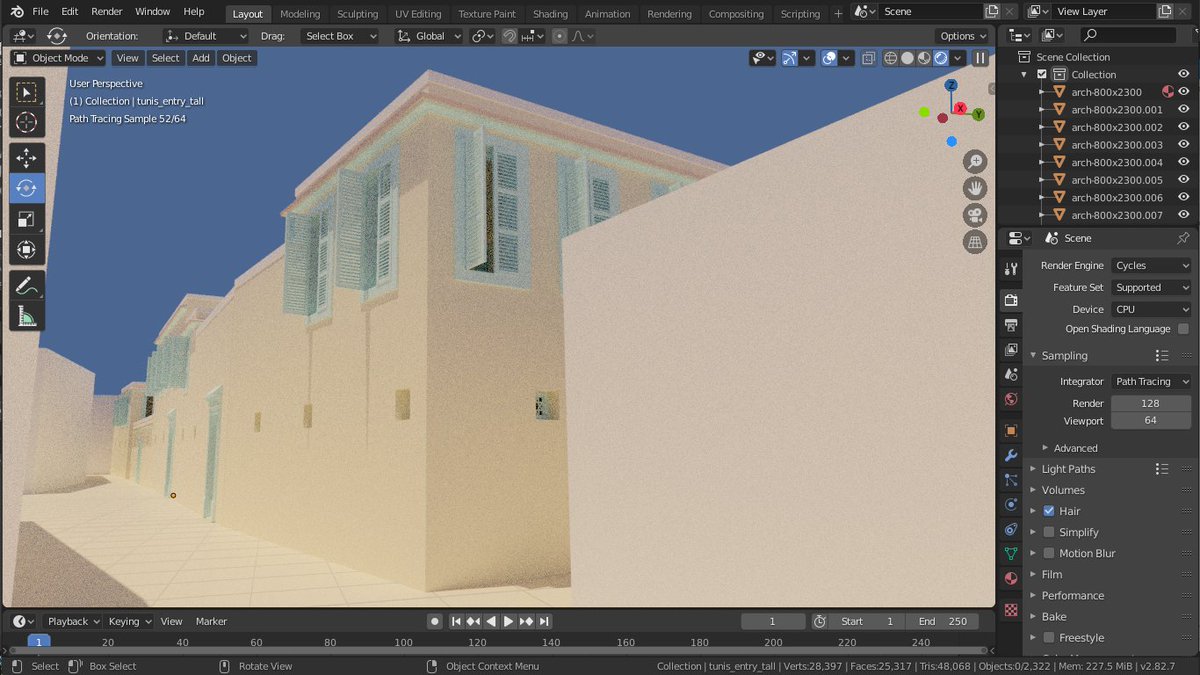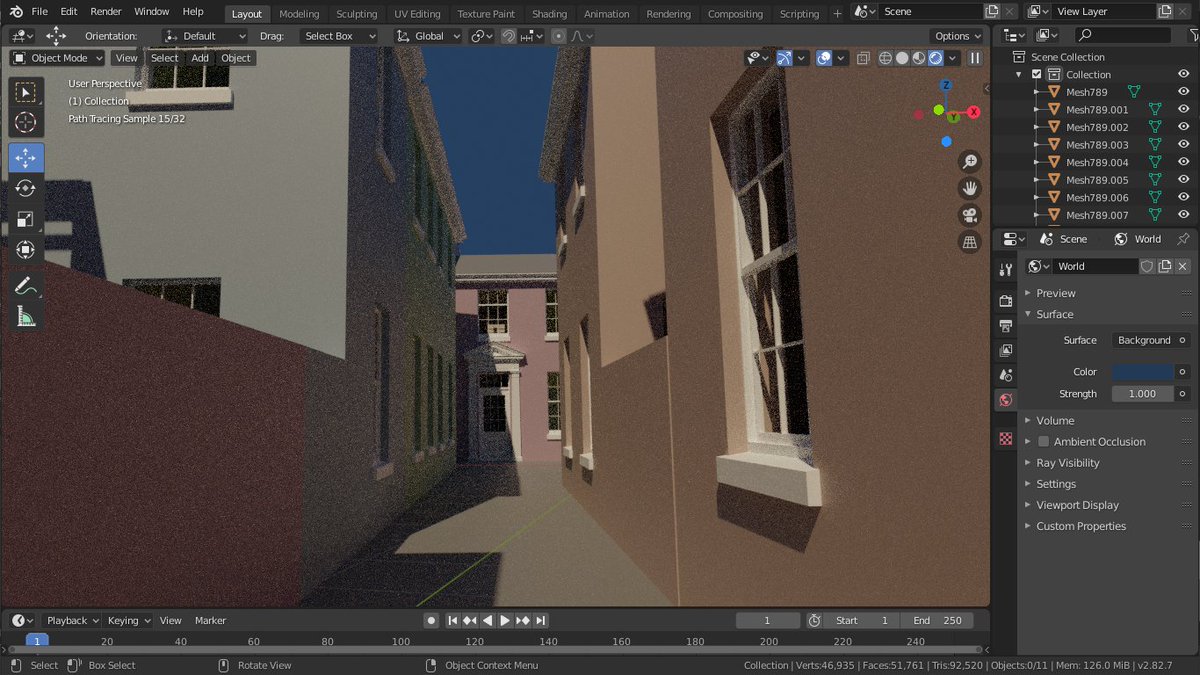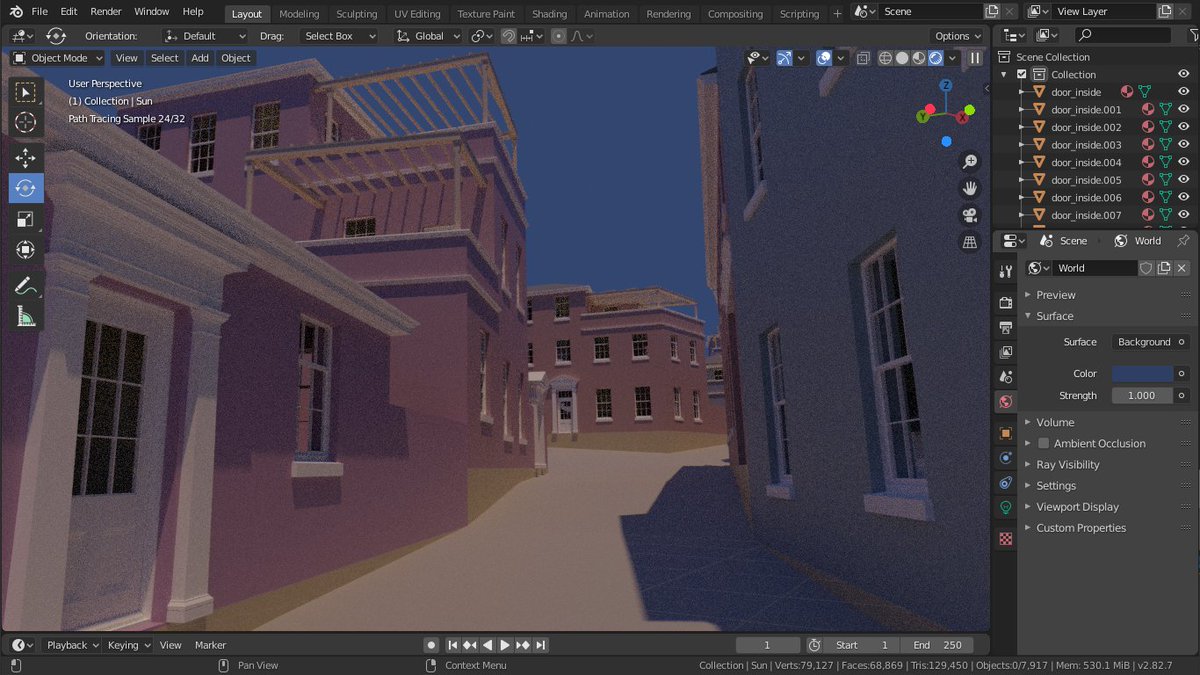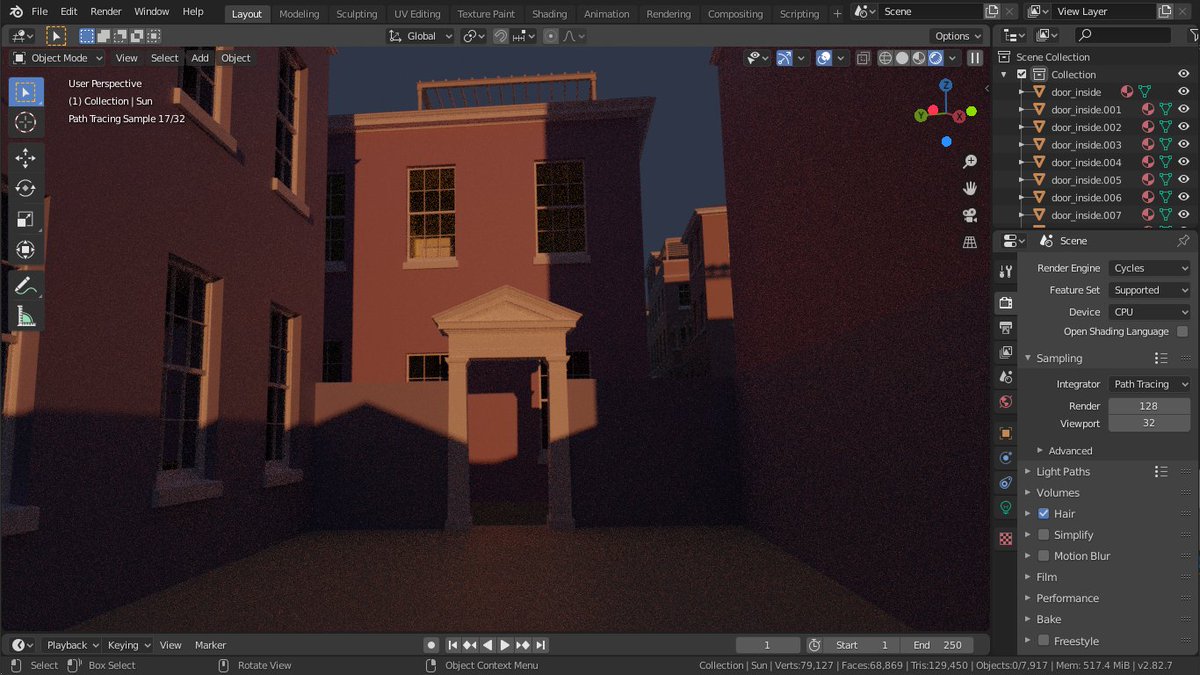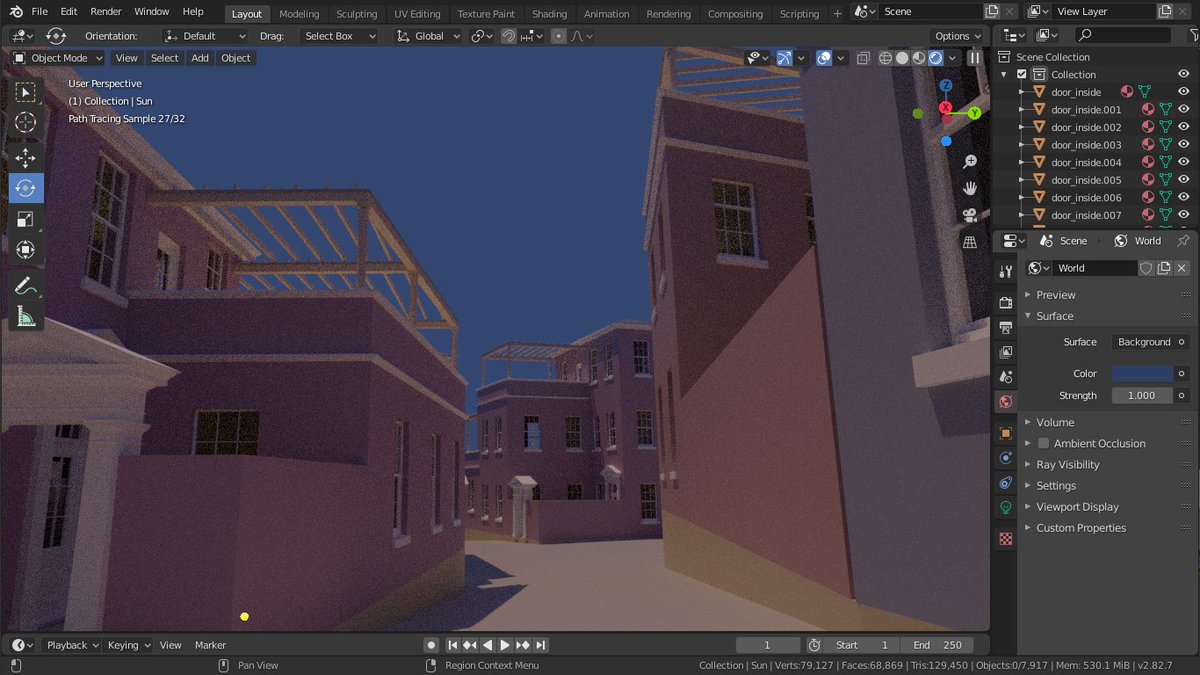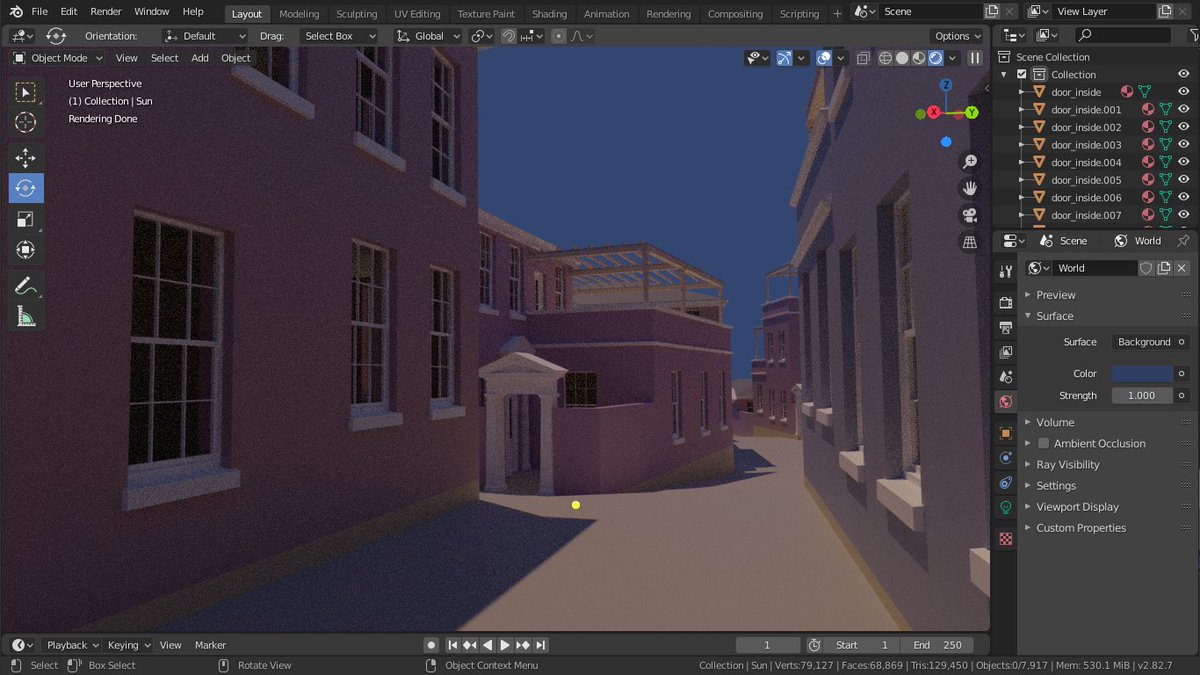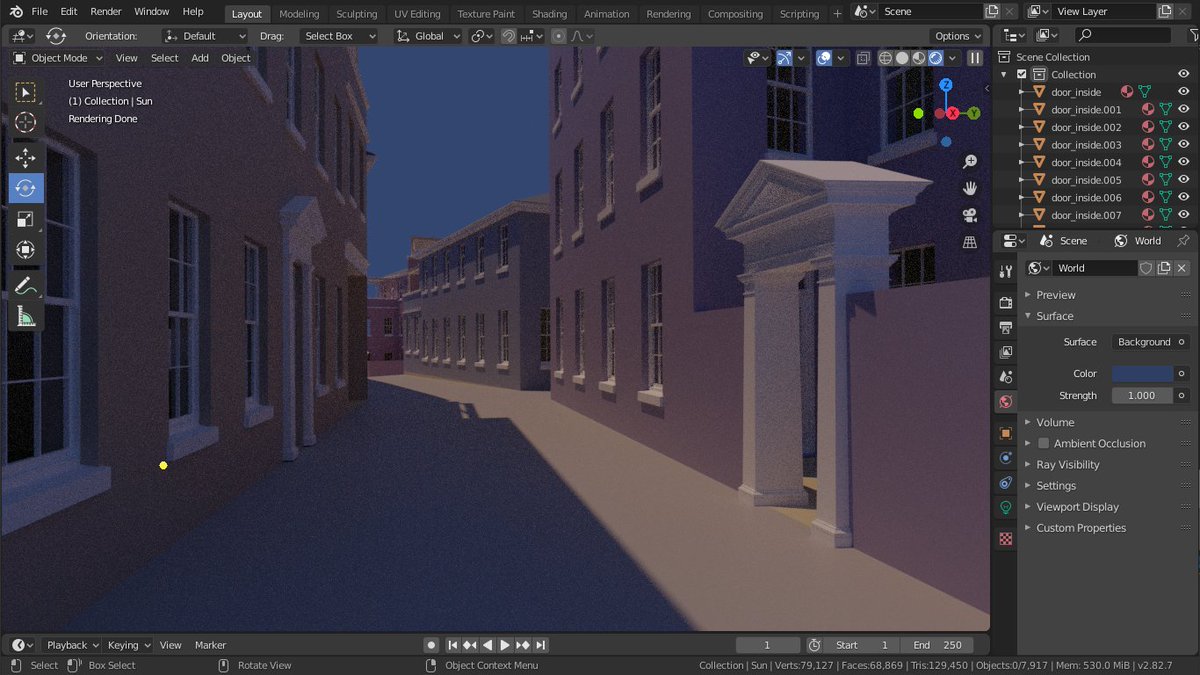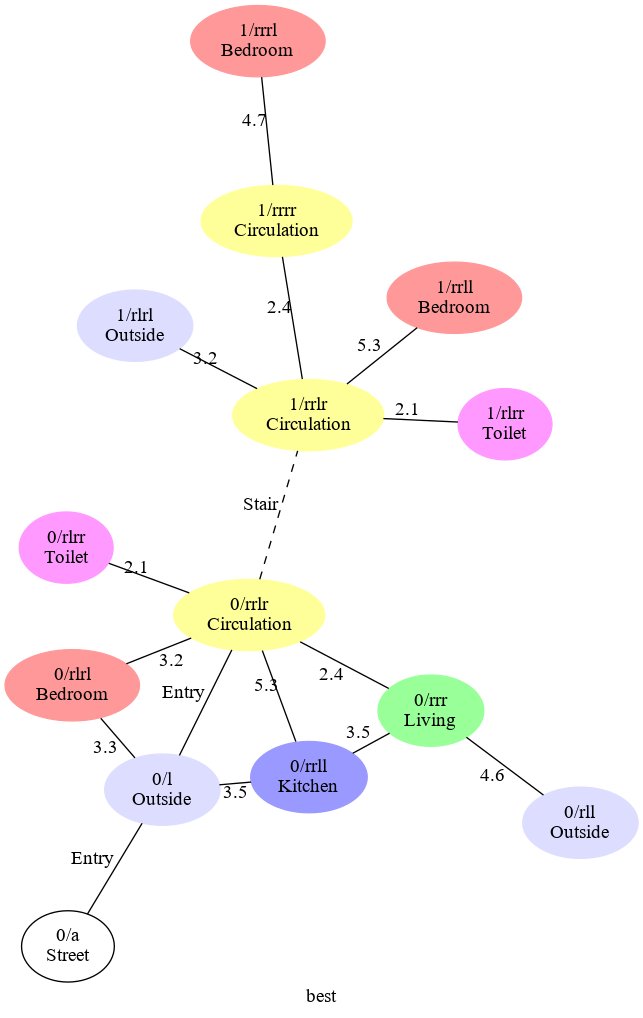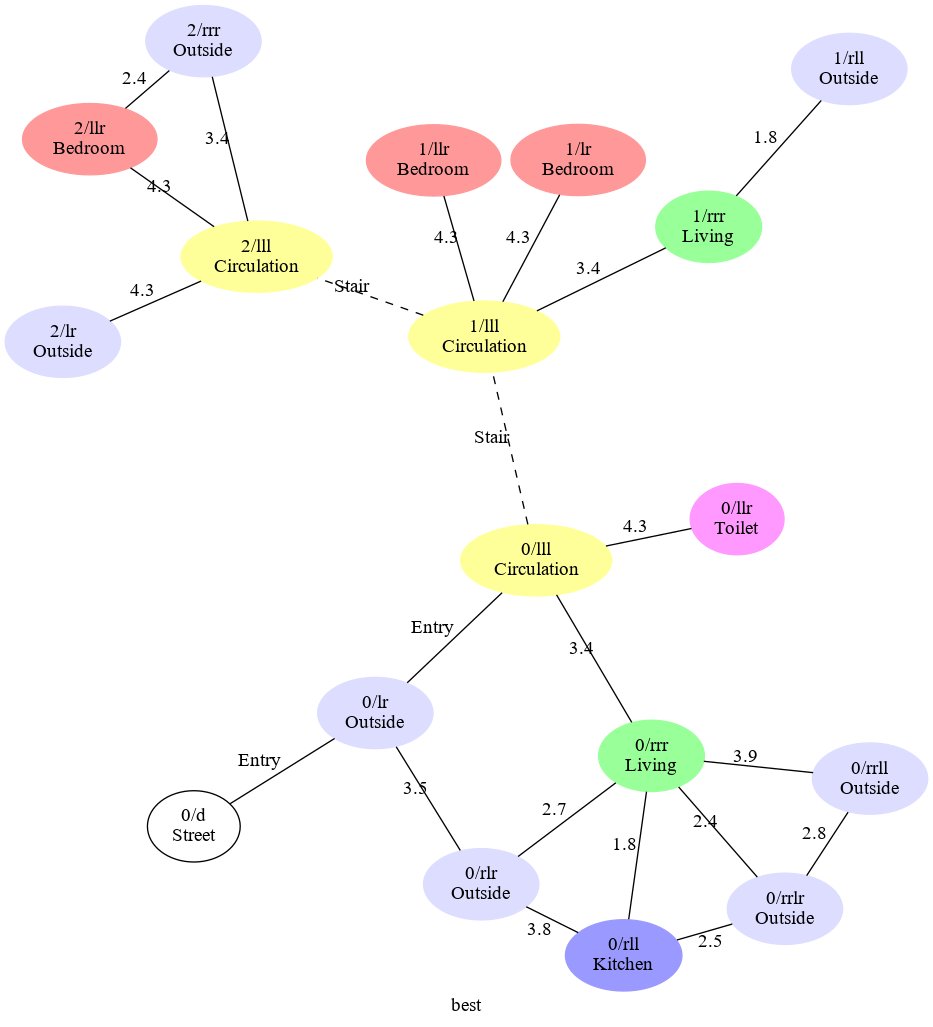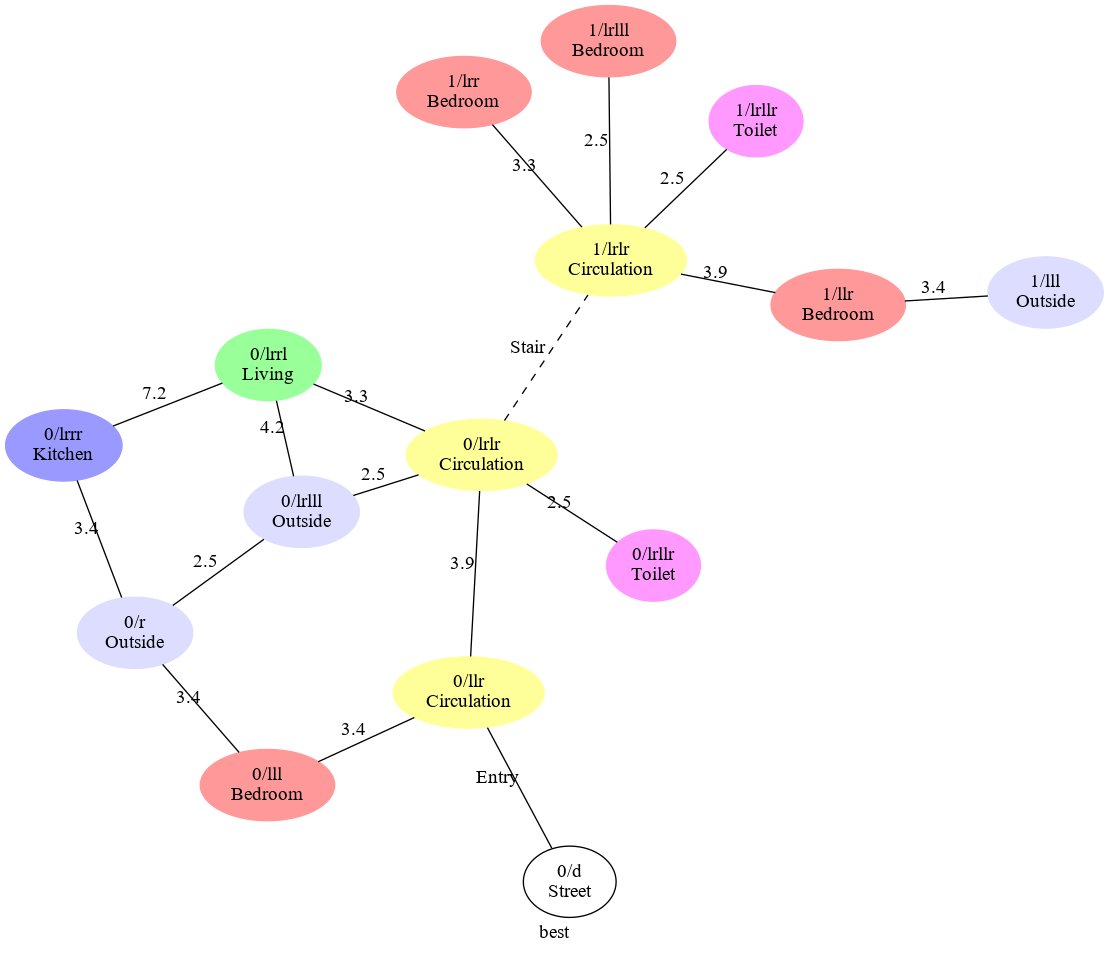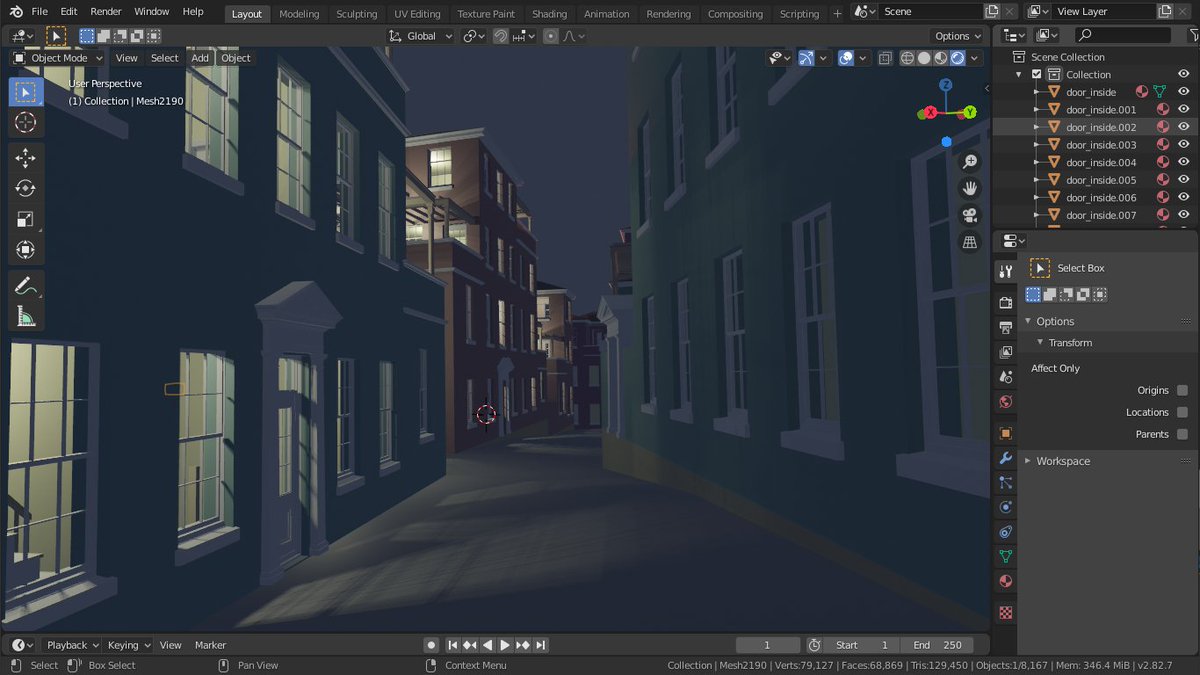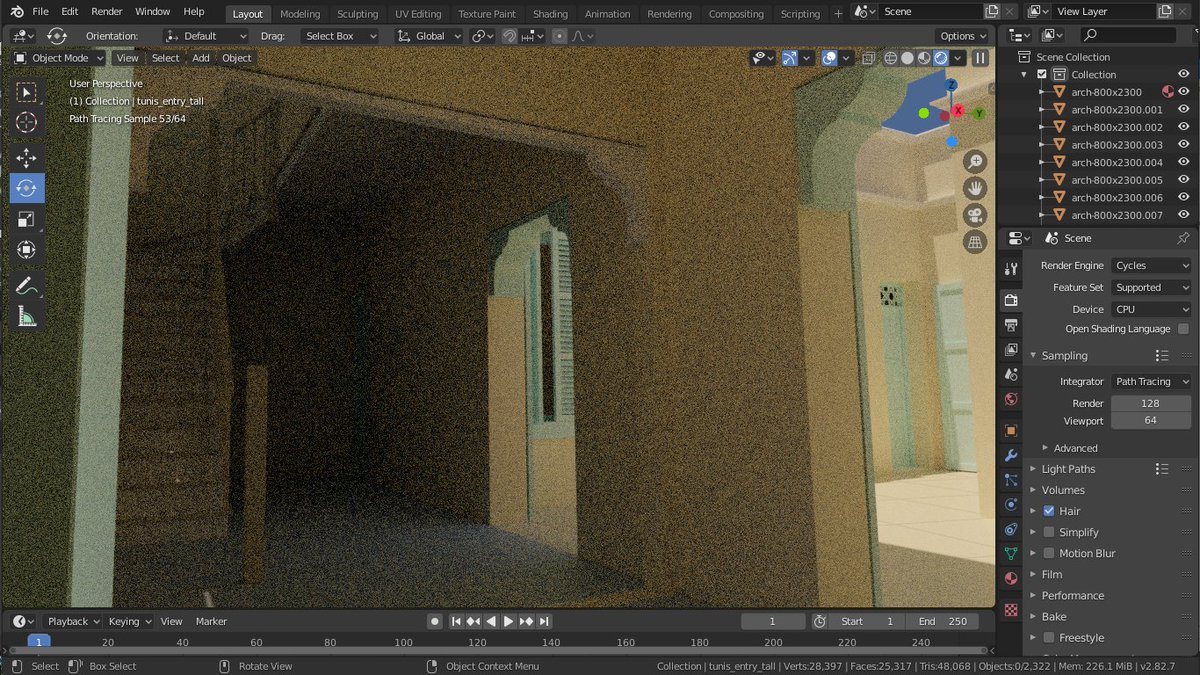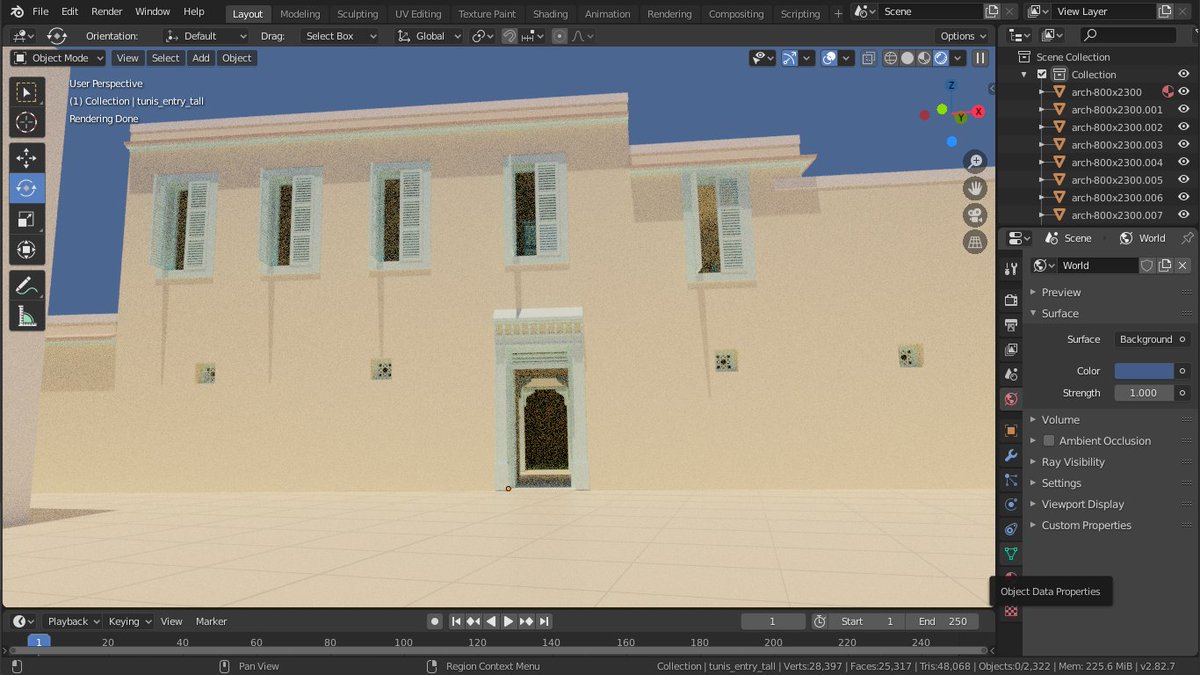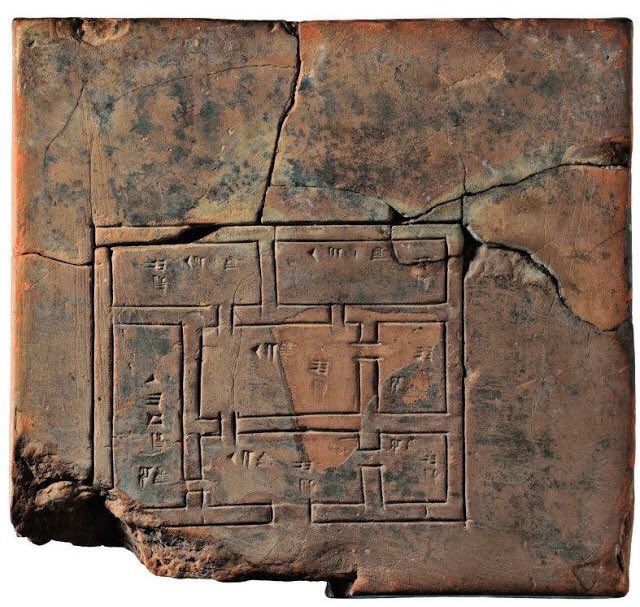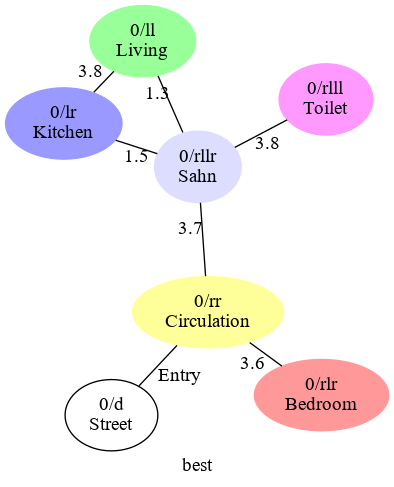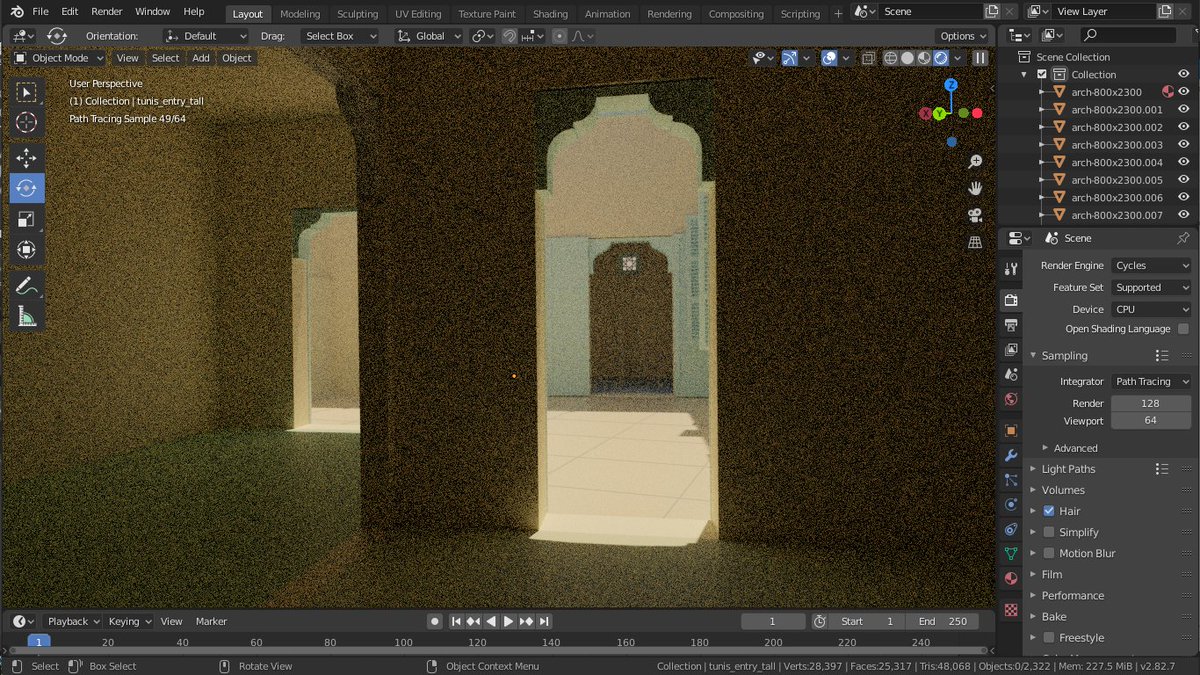The days ahead are looking grim, we should all share any work we are doing that has a longer perspective, ideas for the future. This thread is going to be about Homemaker, a software project that is my contribution, enabling a new (old) way of making buildings.
Homemaker is a collection of tools to help us design humane, adaptable and sustainable buildings. Designs that minimise construction costs, where Christopher Alexander& #39;s Pattern Language is the guide for meeting human needs.
Christopher Alexander& #39;s work, in particular & #39;A Pattern Language& #39;, is a description of a saner, safer, more humane world, that has had profound influence outside the world of architecture in the form of Design Patterns https://twitter.com/brunopostle/status/1147547421100167173">https://twitter.com/brunopost...
Homemaker designs domestic scale buildings, basically what is usually described as & #39;load bearing wall& #39; construction. It doesn& #39;t design using the kind of regular grid that you would see in a & #39;post and beam& #39; construction,
The technique doesn& #39;t rely on the inspirational genius of a designer - it just uses the simple incremental processes of evolution to find building designs that closely fit their immediate environment, fit individual sites and fit human need.
Buildings are custom fitted at every scale; such a system doesn& #39;t repeat the same floor plan at every level like an apartment block, or repeat a series of identical buildings in a row. It won& #39;t give you a row of identical houses even given a row of identical plots to work with.
The end result of an adaptive design system is that the final design is inevitably adaptable. This means that these buildings are well suited for future extension, or for combining rooms to create larger spaces, or even subdivision of existing rooms.
Adaptable buildings provide resilience over time, the buildings can change and evolve to suit changing needs. Adaptable buildings last longer as a result, we need buildings that last, not disposable buildings.
Don& #39;t expect Homemaker to design cinemas, or shopping malls, or churches, or factories, this is simply a way to create domestic architecture. Homemaker is the Res Privata in these drawings of cities by @leonkrier.
This system doesn& #39;t require perfectly rectangular plots or large consolidated sites to be efficient. This means that it works with real sites that are available today in real cities, and not with imaginary cities built in theoretical locations.
Homemaker can fit itself between and around existing buildings and landscape. It doesn& #39;t require a clean canvas, so no space needs to wasted or left-over just because it is an awkward shape or not big enough for a standard module.
Homemaker fits buildings to plots, so it isn& #39;t much use in unbounded situations - if you want a detached house in a large suburban plot, you are better off reusing an existing design.
With Homemaker, we are using Pattern Languages in a rigorous way; this means that we are selecting designs based on a list of things that matter - human needs, rather than arbitrary criteria or fashionable images.
What we get is simply just ordinary buildings: well proportioned, with a balance between daylight and privacy. Houses with a front door, outdoor space and all the other things we get by sticking relentlessly to the Pattern Language and using it at every stage of the process.
I know some of you will balk at something so picturesque, and prefer more formal styles, but I can assure you that none of this is random or arbitrary, the software is trying to meet human needs as defined by A Pattern Language and knows nothing of aesthetics.
Homemaker contains some of the tools we need to escape from old twentieth century systems - tools to construct diverse, dense, practical, adaptable, humane and ecological buildings and cities. https://bitbucket.org/brunopostle/urb/wiki/Home">https://bitbucket.org/brunopost...
Homemaker is Free Software, you can use it to design your own house and other people& #39;s. Development isn& #39;t finished, code is changing, breaking and being fixed all the time, so expect some rough edges.
The world is facing multiple crises of overconsumption, we have an urgent need to rediscover how to build low-energy compact cities. Small plot, small block, narrow street cities are functionally, socially and environmentally superior to sprawl.
Spreading buildings out into a suburban sprawl isolates us and forces relationships to be mediated by cars and technology rather than face-to-face. Human life is more complex than this; understanding, connection and serendipity come from chance encounters in the street.
Density is one of Jane Jacob& #39;s four major ingredients for a successful living city. When we live closer together, there are more places and people within easy reach. This is why we live in cities in the first place. https://twitter.com/brunopostle/status/1186196319704096769">https://twitter.com/brunopost...
Density reduces the need for private cars and the useless space they need, and more space for everything else. Towns that are compact leave more space to share with everything else that lives on the planet.
Tower blocks are not really about density. The efficiency of tower blocks is largely managerial, they are simple to design, simple to price, simple to finance, and simple to sell. https://twitter.com/RobertKwolek/status/1064603517980221440">https://twitter.com/RobertKwo...
As anyone who has wandered around a compact old town of narrow winding streets and public squares can attest, distances for people are very significant. When space is sparsely occupied, travel distances are further.
There is no sustainable future with a population of billions that doesn& #39;t involve compact walkable, low-energy cities and towns made with buildings that last and that can be adapted. These towns look like something this.
But we have lost the tools to build these compact cities. The building industry that we have can only design at enormous scale, by duplicating designs hundreds of units at a time in a one-size-fits-all approach, regardless of how badly this actually fits the world.
No house in a high density city can be designed in isolation; a building plot is physically connected to the street and to adjacent plots. Each building forms part of the environment for nearby buildings, just as these nearby buildings form the environment for ours.
This entangled nature is the reason why historical cities, even with all their material deficiencies, succeed as humane environments – they were built adaptively over time, each building has a negotiated relationship with its neighbours.
@michaelwmehaffy and Salingaros, A Vision of Architecture as More Than the Sum of Its Parts: http://www.onthecommons.org/magazine/vision-architecture-more-sum-its-parts">https://www.onthecommons.org/magazine/...
Maybe you think an evolutionary architecture would have a more & #39;organic& #39; look? There is a sci-fi vision of the future where buildings look like bits of insects, or translucent seashells, this isn& #39;t that future, these are just ordinary buildings.
Buildings that evolve in this way are never going to make use of Form Languages that consist of monumental geometrical shapes, modular components, freeform blobs, or mass repetition on a grid. https://twitter.com/brunopostle/status/719869424929529856">https://twitter.com/brunopost...
Laying out a building and juggling all the requirements of circulation, access and daylight is a hard problem, designers who claim to have a magic sauce for this are kidding themselves at best.
Homemaker does everything from first principles; there are no template buildings or ready-made designs, it takes a plot of land and uses evolution to fit it with the best house it can, adding rooms and floors one by one, mixing them together, adapting the design.
If you don& #39;t like the style in these images then you are free to build your own, it& #39;s all skinnable, two example styles are provided, a loosely European vernacular and a north African courtyard style.
You can download these 3D example projects and all the intermediate files from here: https://figshare.com/articles/3D_data_snapshots_of_test_Homemaker_projects/12020796">https://figshare.com/articles/...
An old paper in the Journal of Biourbanism describing some of the technical principles behind Homemaker: http://journalofbiourbanism.org/2014/05/07/an-adaptive-approach-to-domestic-design/">https://journalofbiourbanism.org/2014/05/0...

 Read on Twitter
Read on Twitter